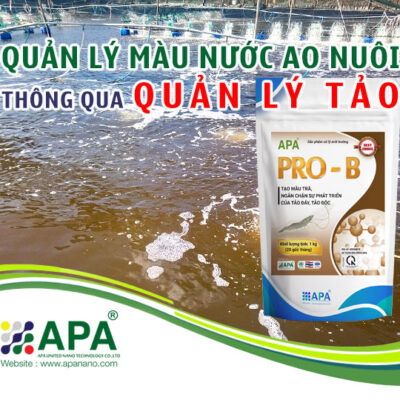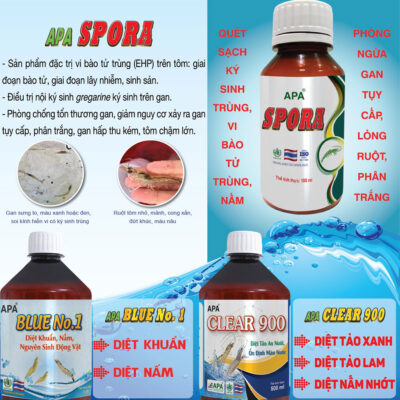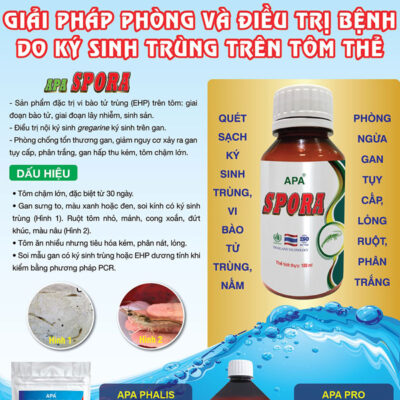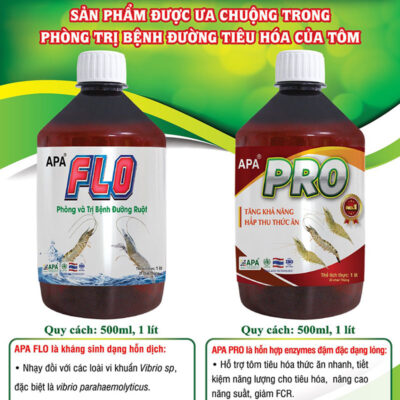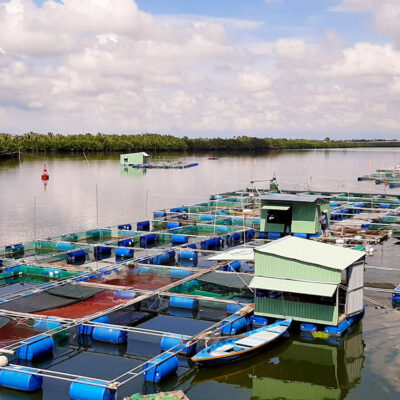Scours are the most common health concern of piglets, and understanding the factors involved will help producers prevent outbreaks.
Scours, or diarrhea, are the excretion of feces containing excess fluid. There can be a variety of causes, and therefore a multifaceted approach to prevention is necessary. Piglets are particularly vulnerable to scours as their digestive system is still immature and an upset is more easily triggered. E.coli is one of the most frequent sources, but scours can also be viral, parasitic or nutritional.
Digestive upset
In general, the reason for scouring is an imbalance in the microflora of the gut. For the digestive system to function properly, bacteria are necessary; these beneficial microorganisms help to breakdown the feed and produce nutrients. It is normal for a number of pathogenic (disease-causing) organisms to also be present. However, any changes in the gut can upset the balance between “good” and “bad” bacteria.
Health and production effects
One of the main results of scouring is a reduced ability to absorb nutrients. If the amount gained from the food is not enough to maintain the piglet’s requirements then it has to use its body reserves. At a time when growth rates should be high, if scouring becomes a problem, the piglets will lose weight. In the case of very young animals where reserves are small the resulting exhaustion can cause death. Similarly, dehydration caused by scours can be fatal. If the numbers of pathogenic bacteria multiply quickly they can spread from the gut or release toxins. Death can therefore occur from septicemia or toxemia.
Pathogenic strains of E. coli are the most common cause of scouring in piglets, so strategies to minimize this threat are key.
Types of scouring
– Bacterial: A number of bacteria can be responsible for scours; common culprits are E. coli, Salmonella and Campylobacter.
– Viral: Rotavirus and reovirus can result in scours, along with swine fever and transmissible gastroenteritis. The porcine epidemic diarrhea (PED) virus and the PRRS virus also cause scouring.


– Parasitic: Heavy burdens of both coccidia and worms can cause scouring.
– Dietary or nutritional: Any change in feed can cause scours. Differences in the nutritional specification or material quality can result in digestive upset. Introduction of a new ingredient or even variation in the quantity of feed supplied can also be responsible. Contamination of feed or water also has the potential to affect gastrointestinal function.
Treatment
Antibiotic treatment may be necessary for serious cases of scouring. Rehydration therapy, in the form of electrolyte addition to the water, is effective. An oversupply of milk can exacerbate the problem, in which case feed intake for the sow could be reduced during an outbreak.
APA Amgenb P is a combination of treatment for the diarrhea, as for pigs (> 40 kg) use 1 g of APA Amgenb P / 20 kg of body weight or dissolve 1 g APA Amgenb P into 2 liters of drinking water; about pigs (≤ 40 kg) use 1 g APA Amgenb P / 15 kg of body weight or dissolve 1 g APA Amgenb P into 2 liters of drinking water.
[:vi][:en] [:]APA Electrolytes P is used by so many farmers to supply electrolytes in case of losing water caused by diarrhea, anti-heating, and stress; dissolve 5 g APA Electrolytes P into 1 – 2 liters of drinking water.
This article appears in the July/August issue of Pig International.


